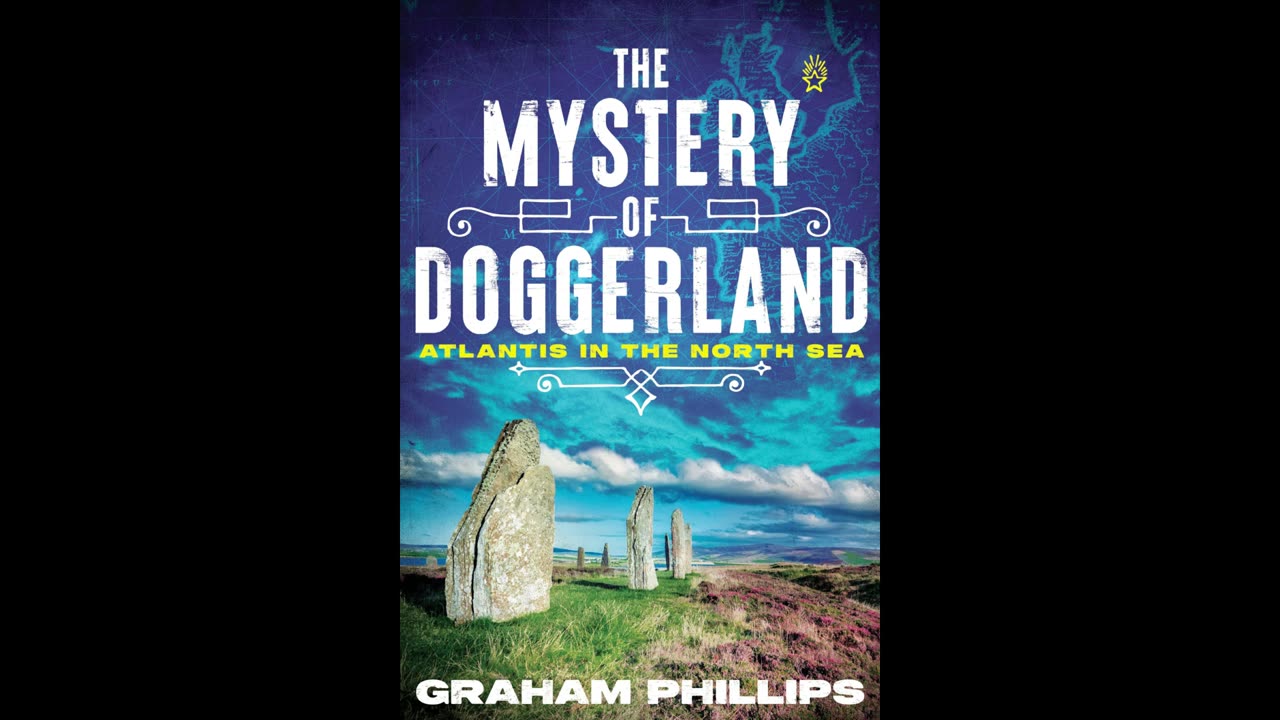Premium Only Content

The Mystery of Doggerland: Atlantis in the North Sea with Graham Philllips
New marine archaeological evidence has revealed the remains of a large land mass to the north of Britain that hosted an advanced civilization 1,000 years before the recognized “first” civilizations of ancient Egypt, Mesopotamia, or India. Remembered in Celtic legends as Tu-lay, and referred to by geologists as Doggerland or Fairland, this civilization began at least as early as 4000 BC but was ultimately destroyed by rising sea levels, huge tsunamis, and a terrible viral epidemic released from melting permafrost during a cataclysmic period of global warming.
Exploring the latest archaeological findings and recent scientific analysis of Doggerland’s underwater remains, Graham Phillips shows that this ancient culture had sophisticated technology and advanced medical knowledge. He looks at evidence detected with remote sensing and seismic profiling of many artificial structures, complex settlements, gigantic earthworks, epic monoliths, and huge stone circles dated to more than 5,500 years ago, preserved beneath the ground and on the ocean floor. He examines evidence of Doggerland’s high-temperature technology, showing how its people were able to melt solid rock to create vitrified structures far stronger than concrete, a technique that modern science cannot replicate. He looks at the small part of the Fairland land mass that still exists: Fair Isle, a tiny island some 45 miles north of the Orkney Islands of Scotland. Phillips shows how, when Fairland sank beneath the waves around 3100 BC, its last survivors traveled by boat to settle in the British Isles, where they established the megalithic culture that built Stonehenge.
-
 2:02:54
2:02:54
Side Scrollers Podcast
15 hours agoJOEY SWOLL/HULK HOGAN CONTROVERSY + ONLINE SAFETY ACT + MORE | SIDE SCROLLERS
18K1 -
 1:05:44
1:05:44
Omar Elattar
9 months agoThe Digital Real Estate Expert: You're Being Lied To About Making Money Online!
293 -
 10:53
10:53
Nikko Ortiz
2 days agoWORST Clips On The Internet
74.3K26 -
 LIVE
LIVE
FreshandFit
10 hours agoShannon Sharpe Fired By ESPN! W or L?
10,484 watching -
 2:18:29
2:18:29
Badlands Media
12 hours agoDevolution Power Hour Ep. 376: Optics, Explosions & the War for the Narrative
129K33 -
 37:46
37:46
Stephen Gardner
10 hours ago🔥Trump NEVER expected THIS WIN as Schumer has EPIC MELTDOWN!
33.8K37 -
 2:02:41
2:02:41
Inverted World Live
7 hours agoNASA Engineer Says Trillions of Shape-Shifting, Cloaked Devices are Hidden on Earth| Ep. 83
27.6K10 -
 3:12:37
3:12:37
TimcastIRL
7 hours agoGOP Councilman DOUSED IN GAS, Set ON FIRE In Virginia, Suspect In Custody | Timcast IRL
237K86 -
 2:32:23
2:32:23
The Quartering
7 hours agoOn To The Big Bosses! Act 2 Of Expedition 33
55.2K5 -
 7:36:34
7:36:34
SpartakusLIVE
8 hours agoTiger Blood RESTOCKED and 30% off w/ code SPARTAKUS30
81K